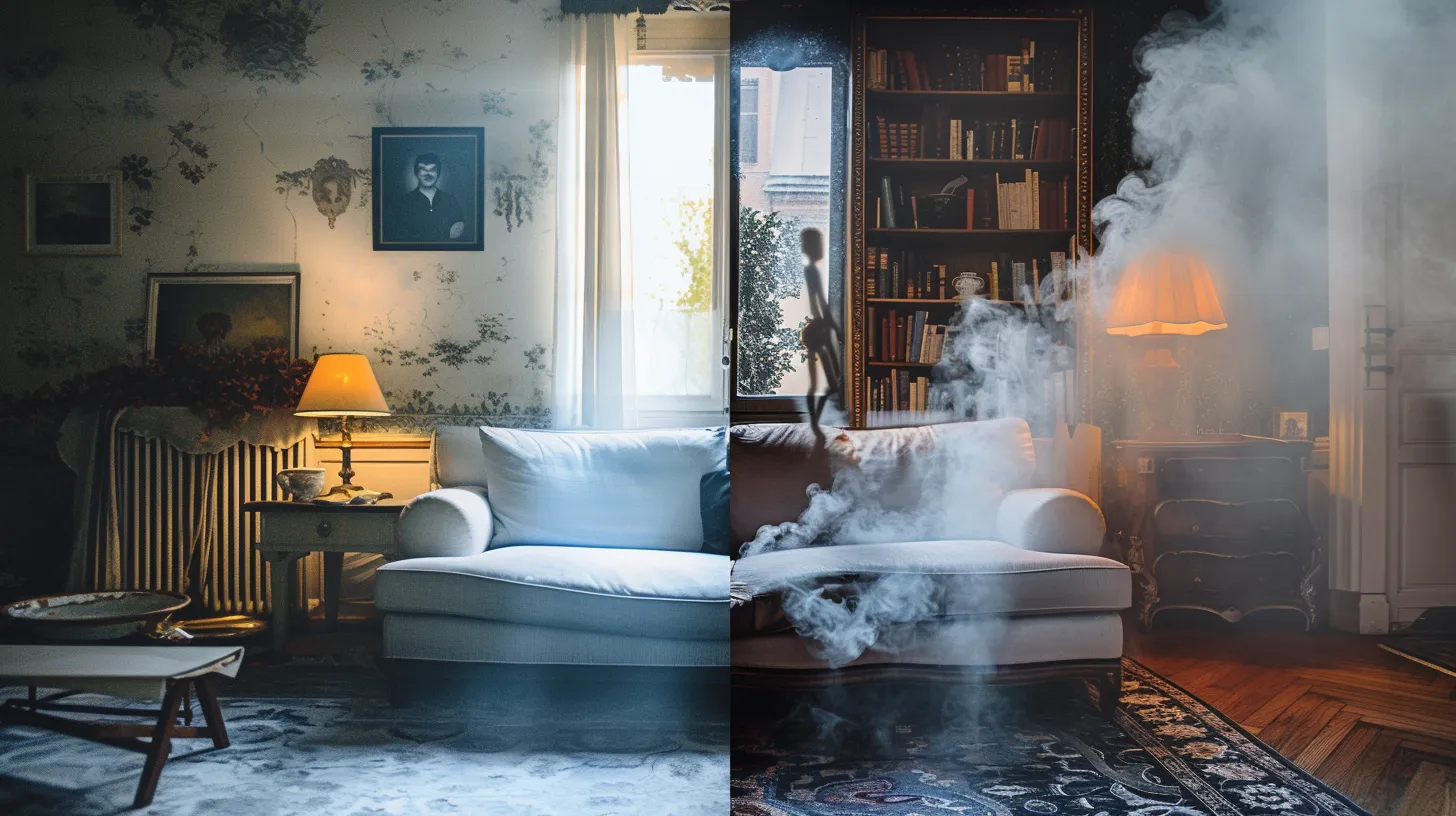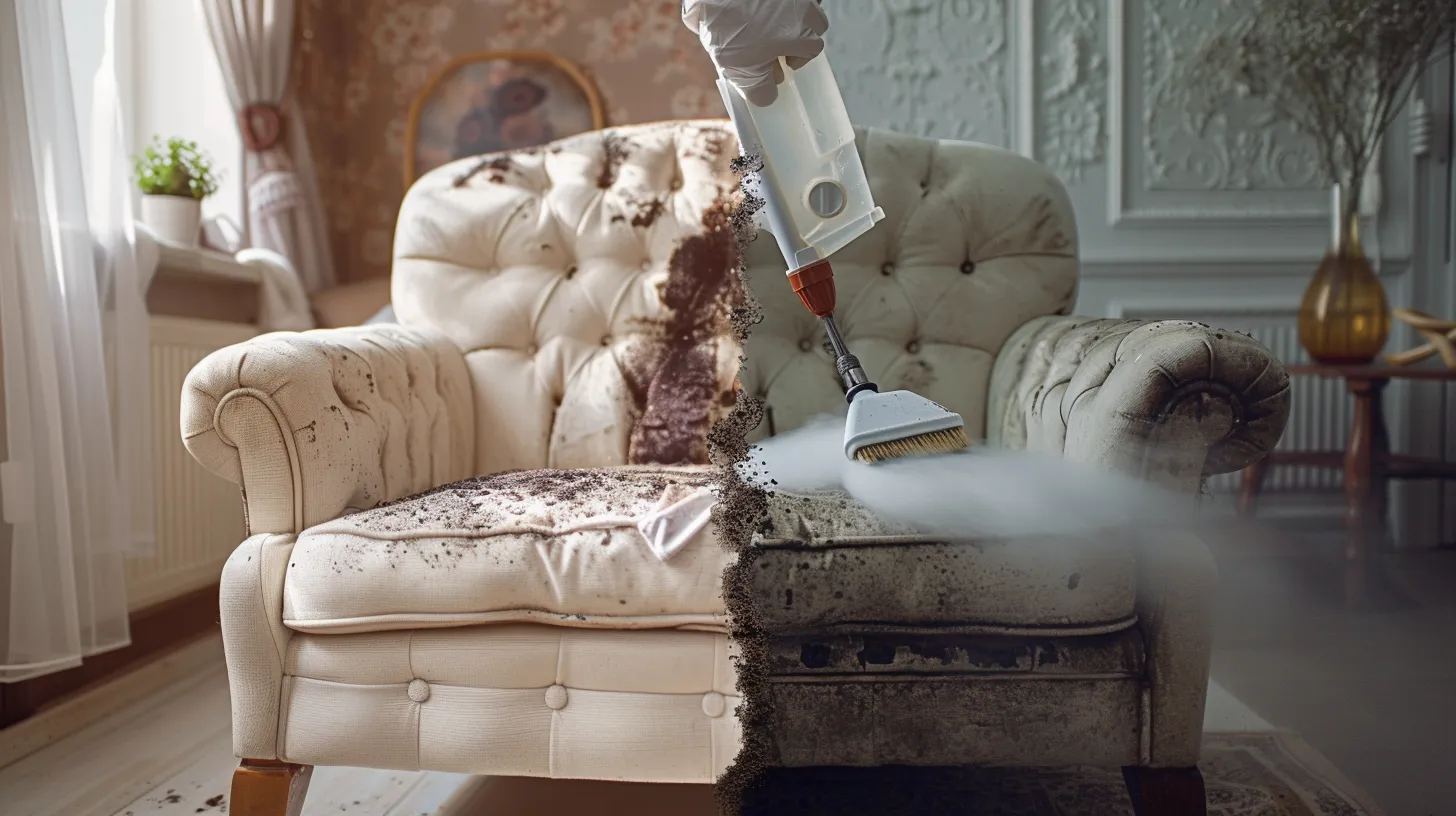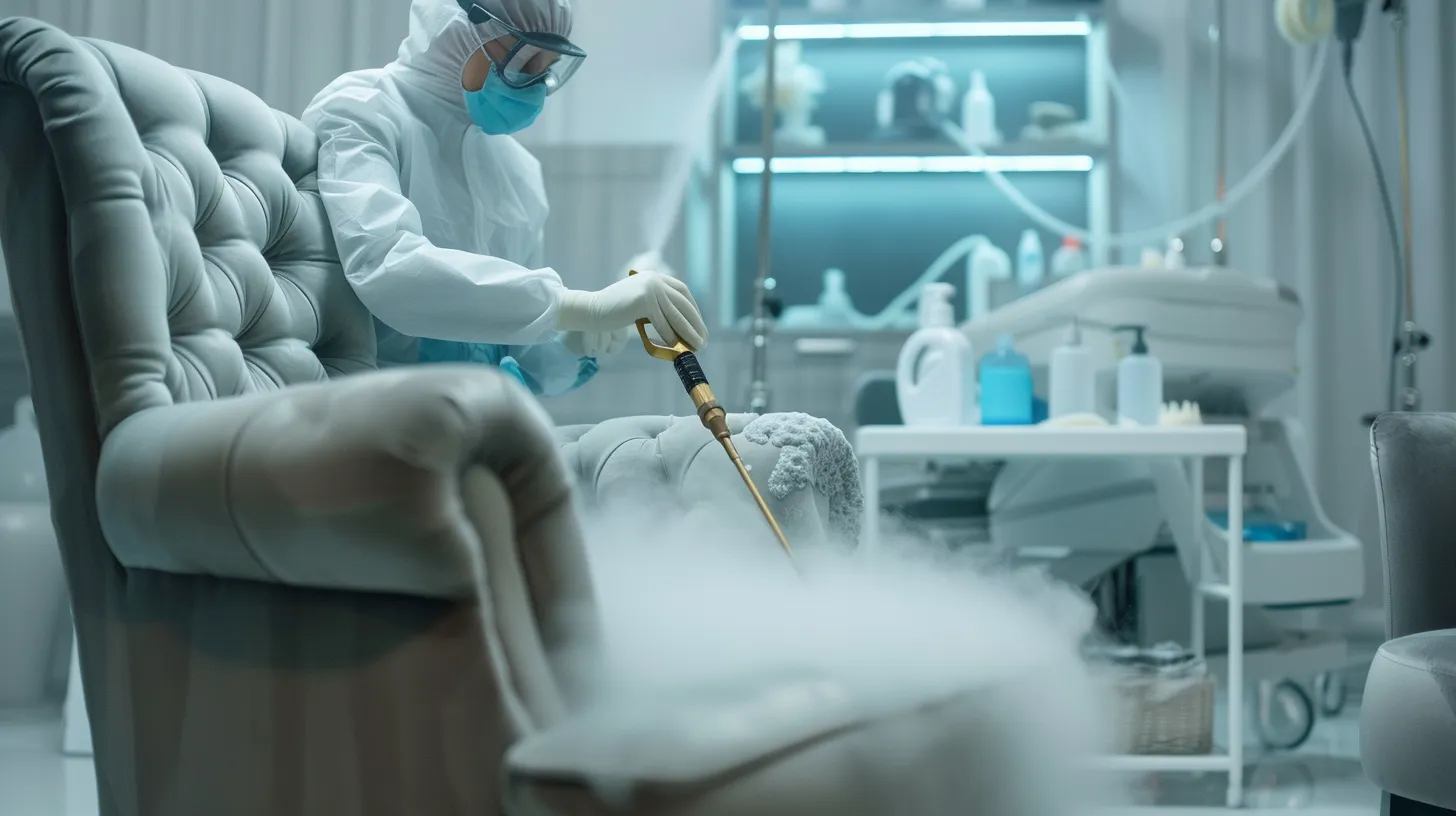The presence of mold on upholstered furniture is not only a visual deterrent but also a health hazard, necessitating immediate and effective cleaning methods. While the summary outlines a comprehensive approach, including the use of sunlight, vacuuming, and various cleaning solutions, it is the understanding of the underlying causes and the preventative measures that often remain underexplored.
As we embark on this detailed guide, it is crucial to consider not just the removal of mold but also strategies to prevent its recurrence, ensuring the longevity of your furniture and the health of your indoor environment. What often goes overlooked, however, are the specific conditions that allow mold to thrive and how addressing these can significantly reduce future outbreaks.
Understanding Mold

Mold, a microscopic fungal organism, thrives in moist and humid conditions, posing significant health risks to humans, especially those with compromised immune systems. This pervasive issue can afflict homes, targeting various surfaces, including the fabric of upholstered furniture. The key to mitigating mold's impact lies in understanding its nature and implementing effective cleaning and prevention strategies.
To remove mold from upholstery, a careful approach is required. Initially, identifying and addressing any moisture sources is crucial to prevent further mold growth. For cleaning, solutions such as vinegar mixed with water or rubbing alcohol can be applied to the affected areas. These substances are known for their mold-killing properties. After applying the solution, it's essential to thoroughly dry the upholstery to ensure that no moisture remains, as this could foster new mold growth.
Regular cleaning routines play a pivotal role in mold prevention. Vacuuming upholstery and using dehumidifiers in damp areas of the home can significantly reduce the risk of mold development. By maintaining a dry environment and promptly addressing any signs of mold, individuals can protect their homes and health from the adverse effects of this insidious organism.
Health Risks of Mold

Understanding the nature and effective removal strategies of mold sets the stage for comprehending the significant health risks it poses to humans. Mold exposure is not merely a superficial concern; it carries with it a range of health implications that can affect individuals across all age groups. These risks underscore the importance of regular cleaning and the implementation of prevention measures as part of comprehensive mold management.
The health risks associated with mold exposure include:
-
Allergic Reactions : Mold can trigger allergies, manifesting symptoms such as sneezing, itching, and watery eyes.
-
Lung Inflammation : Exposure to mold spores can lead to lung inflammation, exacerbating conditions like asthma and obstructive pulmonary disease.
-
Nerve Cell Damage : Certain types of mold produce mycotoxins that may cause nerve cell damage and cognitive impairments.
-
Weakened Immune Systems : Individuals with already compromised immune systems are particularly vulnerable to mold-related diseases, as their bodies are less capable of fighting off the infections mold can cause.
Understanding these risks is pivotal in recognizing the urgency and necessity of mold management. By adopting regular cleaning and prevention measures, individuals can significantly reduce their exposure to mold and mitigate its health risks.
Mold Prevention Tips

To effectively prevent mold growth on upholstered furniture, maintaining indoor humidity levels below 60% is crucial. This can be achieved by using a dehumidifier in areas prone to dampness and ensuring rooms are well ventilated. Such measures not only inhibit mold growth but also aid in creating a healthier living environment.
Addressing water leaks or spills immediately is paramount to preventing moisture buildup, which is a breeding ground for mold. Upholstery cleaning should be part of regular home maintenance to catch any early signs of mold. When cleaning, opt for solutions that not only remove mold from fabric but also discourage its return. A mixture of water and rubbing alcohol can be effective, as can solutions containing white vinegar or Hydrogen Peroxide. These ingredients are known for their mold-killing properties.
After applying any cleaning solution, it's essential to allow the upholstery to air dry thoroughly. This prevents the spread of mold spores and ensures that no moisture remains to fuel further growth. Regular inspections and prompt action at the first sign of mold can save time and effort in the long run, keeping your furniture clean and mold-free.
Cleaning Methods Overview

Having explored mold prevention, it's crucial to examine effective methods for cleaning mold off upholstered furniture. When mold finds its way onto your beloved chairs and sofas, knowing how to clean it properly can save you time and preserve the integrity of your furniture. Here's a concise overview of the strategies to employ:
-
Brushing and Vacuuming: The initial step in removing the mold involves gently brushing the visible mold patches to loosen them. Following this, vacuuming these areas ensures that you remove the mold spores from the fabric, preventing further spread.
-
White Vinegar Solution: An effective natural remedy, white vinegar can be applied directly to the moldy areas. Its acidic nature helps to kill and remove the mold, making it a safe and eco-friendly option for cleaning mold off upholstery.
-
Rubbing Alcohol or Hydrogen Peroxide: For more stubborn mold, a solution of rubbing alcohol or hydrogen peroxide can be utilized. These powerful agents help to break down and remove mold from the fabric, ensuring a deeper clean.
-
Professional Upholstery Cleaning: In cases of extensive mold growth or for delicate and valuable items, seeking professional mold remediation may be necessary. Experts in professional upholstery cleaning possess the tools and knowledge to safely and effectively deal with mold issues.
Professional Removal Options

Turning to professional mold removal services provides a sophisticated and efficient approach to eradicating mold from upholstered furniture. These services leverage specialized equipment and expertise to ensure the safety and restoration of your belongings. Professional removal companies are equipped with the necessary tools and safe cleaning agents designed specifically for cleaning the mold off upholstered furniture without damaging the fabric. These experts are adept at identifying and eliminating mold spores, ensuring a thorough cleanse.
Professionals can assess the extent of mold damage on various types of upholstered furniture and provide tailored solutions that address the specific needs of each piece. This bespoke approach not only ensures the effective removal of mold but also helps in preventing mold recontamination, safeguarding your furniture against future outbreaks.
Moreover, hiring professional services to clean mold off your upholstered furniture can play a crucial role in restoring the appearance and integrity of your items. They utilize methods that are both effective in mold removal and gentle on the furniture, ensuring that the aesthetic and structural qualities of your belongings are preserved.










